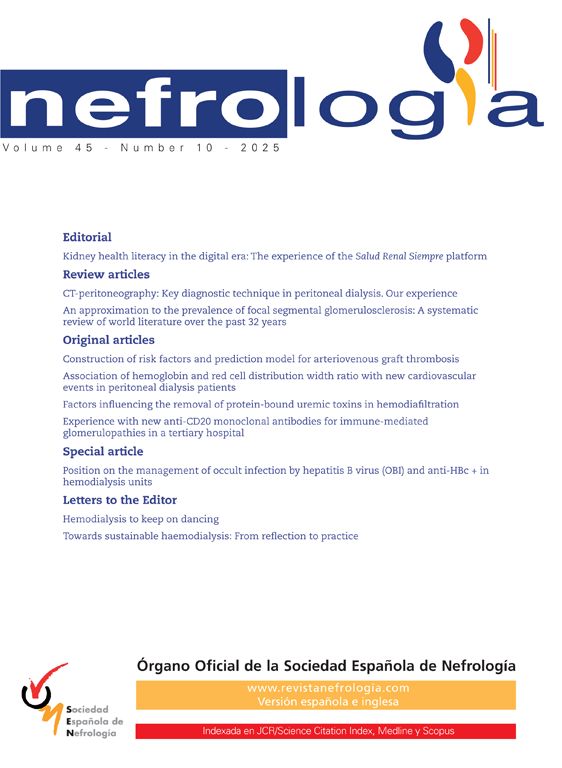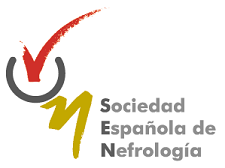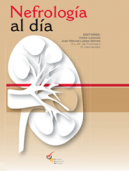Dear Editor, The development of cryoagglutinins and cryoglobulins following primary infection with cytomegalovirus (CMV) has been described in immunocompetent patients, and manifests in the infection’s acute phase. Few examples of literature refer to the effect that this primary infection may have on a patient subjected to a high-risk kidney transplant (positive donor/negative recipient) following six months on prophylactic valgancyclovir, which is universally accepted for this patient type. We present the case of a 42-year old kidney transplant patient who developed mixed cryoagglutinins and cryoglobulins (IgM/IgG) in the context of a primary CMV infection two months after ending prophylactic treatment with valgancyclovir. He received a kidney transplant from a cadaver donor in July 2007. The immunosuppressant regime consisted of basiliximab, steroids, tacrolimus and mycophenolate mofetil (MMF). During the first six months following the transplant, prophylaxis was performed with oral valgancyclovir in doses of 900mg/day. Two months after finishing treatment, he was seen for a mononucleosis-like syndrome and epigastric pain. Tests showed leucopoenia (3100 leukocytes/mm3), hyperbilirrubinaemia (1.34mg/dl) and elevated LDH (277U/l) with normal transaminases and normal kidney function. CMV antigenaemia assay was performed, which was positive with a titre of more than 100 infected cells per 200,000 leukocytes. The patient was admitted for intravenous treatment with gancyclovir dosed at 5mg/kg/12 hours. During admission, the patient developed significant leucopoenia that required use of granulocyte-macrophage colonystimulating factor, cryoagglutinins at a 1/64 titre and IgM/IgG type cryoglobulins indicating type II cryoglobulinaemia, as well as monoclonal IgM kappa precipitate visible in the proteinogram. After evaluating the data with the help of the haematology department, we considered them secondary to the viral infection. MMF treatment was suspended, and we decided to replace the tacrolimus with mTOR inhibitors because of their beneficial action in eradicating CMV infection.1 Treatment with gancyclovir was extended during 28 days, at which point a gradual decrease was observed in the antigenaemia titres until they became completely negative. Renal function continued to be stable at all times (Cr 0.9mg/dl). Cryoagglutinins and cryoglobulins became negative two months after admission of the patient; the monoclonal spike was still present as late as seven months later. The role that a primary infection with CMV or other viruses (HBV, VHC, HIV)2 may play in the appearance of haematological and immunological abnormalities has been documented. Development of type II cryoglobulinaemia is one of the most frequently-documented forms in the literature.3,4 These abnormalities tend to be temporary and correlate with the progress of the infection. This type of anomaly may also develop in kidney transplant patients.5 It tends to revert following total elimination of the virus through antiviral treatment, and may complicate the treatment for these patients during the acute phase of the infection.
The Impact Factor measures the average number of citations received in a particular year by papers published in the journal during the two preceding years.
© Clarivate Analytics, Journal Citation Reports 2025
SRJ is a prestige metric based on the idea that not all citations are the same. SJR uses a similar algorithm as the Google page rank; it provides a quantitative and qualitative measure of the journal's impact.
See moreSNIP measures contextual citation impact by wighting citations based on the total number of citations in a subject field.
See more




